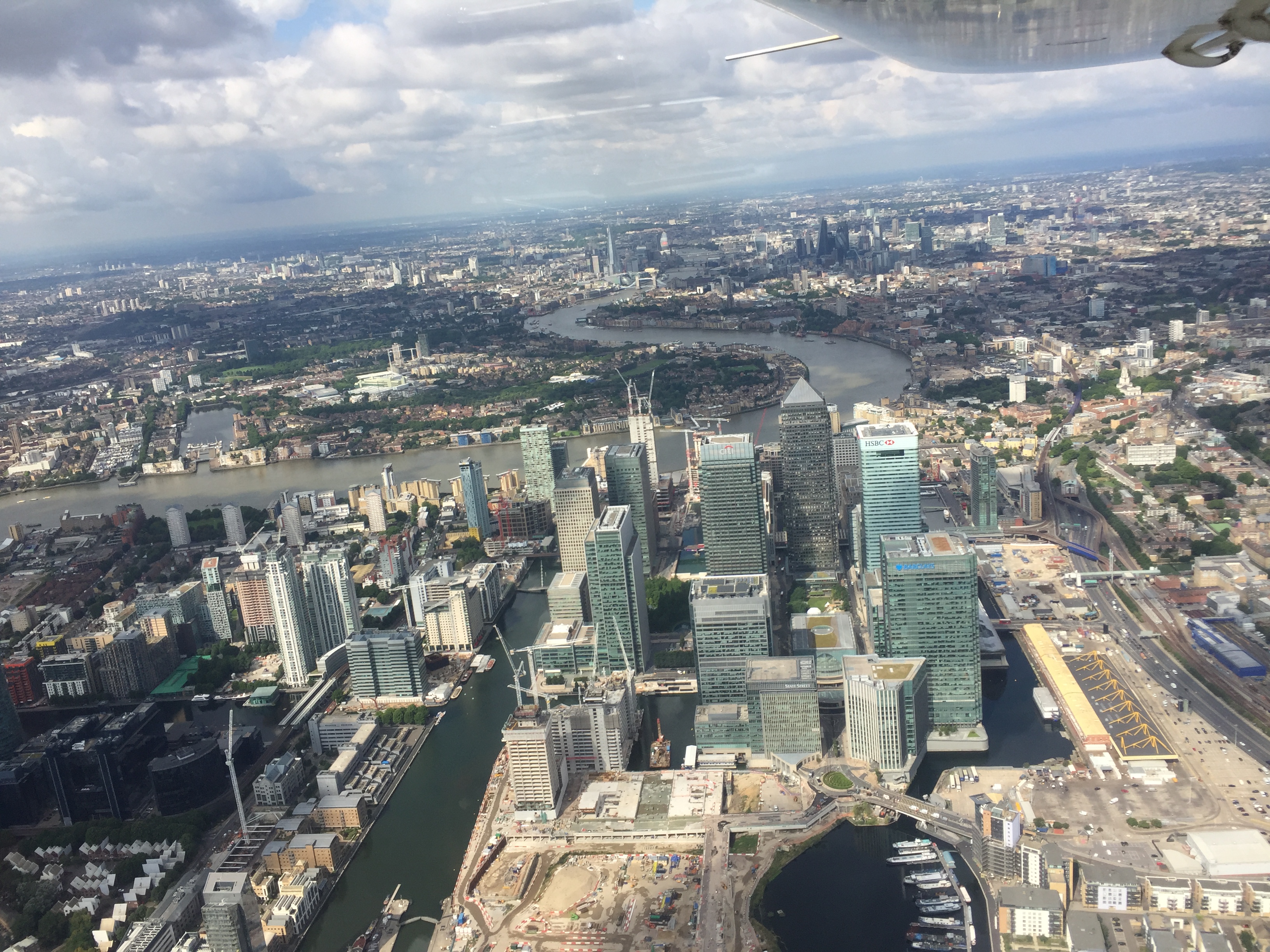Up Force & Down Force
- D Mahajan

- Jan 27, 2021
- 3 min read
Updated: Jan 28, 2021
How to calculate Down Force generated by the tailplane.

How much of a down force is generated by the tail plane to keep an aircraft in stable flight? This question has been nagging me for the past few weeks.
We are taught by the text books, briefing notes and by instructors that the tail plane generates an amount of down force to keep the aircraft in stable flight. The function of the main wing is to generate upwards lift. The tailplane helps control the attitude and angle of attack of the main wing.
All aircraft are designed and built such that the Centre of Lift is always behind the Centre of Gravity and it is mandatory to keep the aircraft loaded within the CG range specified by the manufacturer.
The Centre of Gravity range of simple training aircraft and Microlight aircraft (not considering complex air liners and fighter jets and other special aircraft) is very limited. For example in the Pipistrel Alpha Microlight aircraft the CG range is from 267 mm to 368 mm aft of datum, which is the wing leading edge. This is a spread of just 111 mm or slightly less than 4 inches.
Imagine a seesaw in the playground; there are two equal length planks with a handle behind which we can sit. When my son was about 5 years old, he used to love being bounced on the see saw. My body mass is about 75 kg; his was about 25 kg. The planks being equal length, I had a heavier moment on my side than his and we could never balance on the pivot point. Everytime I sat down, he would be thrown up in the air and only managed not to be catapulted up above the seesaw by holding on fast to the handle. It gave his mother stress lines, but we had good fun.

For a beam in balance, the moments around any point will be zero.

As mentioned earlier, the CL is always behind the CG. This will always cause the aircraft to have a tendency to pitch down. The horizontal tailplane thus has to generate a down force to keep the aircraft in balanced, level flight. The CG has a shorter lever arm from the CL, while the tailplane is further away from the CL so has a longer lever arm. To maintain level flight the lift generated by the main wing has to equal the weight of the aircraft plus the tailplane down force.
See diagram below…

During cruise in level flight in the Alpha, the down force generated by the tail is in the range of 20kg to 35kg. But during recovery from a steep dive, the down force required to pitch up can be as much as 250kg, thus one has to be careful in control inputs at high speeds and during unusual attitudes.
It is possible to calculate the down force required for stable flight i.e. in cruise using moments about the position of the main wing lift, CL. You must know the position of the CL.
The CL position is not normally found in any POH… I had to enquire with Pipistrel design guru. He gladly told me the CL of the Alpha is at 55% of the MAC (Mean Aerodynamic Chord).
Now you can see that the main wing lift is much more than simply the weight of the loaded aircraft.
I have deliberately not mentioned the Thrust Line and Drag Line couple and power and pitch changes for the purpose of this article. Nor have I mentioned the effect of flap on the change of Centre of Lift. Any variation of the above will cause a change in the amount of down force required to keep the aircraft in stable flight.
Deepak Mahajan
27 January 2021




































Comments